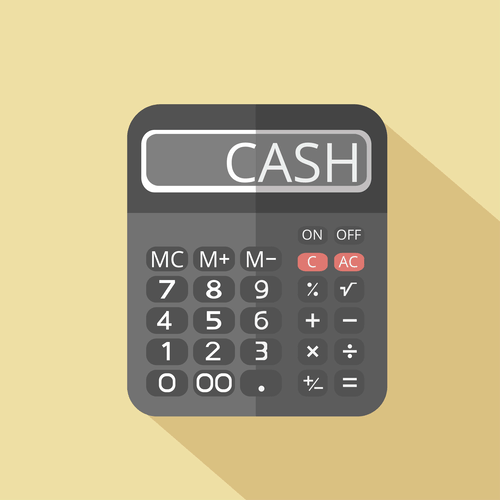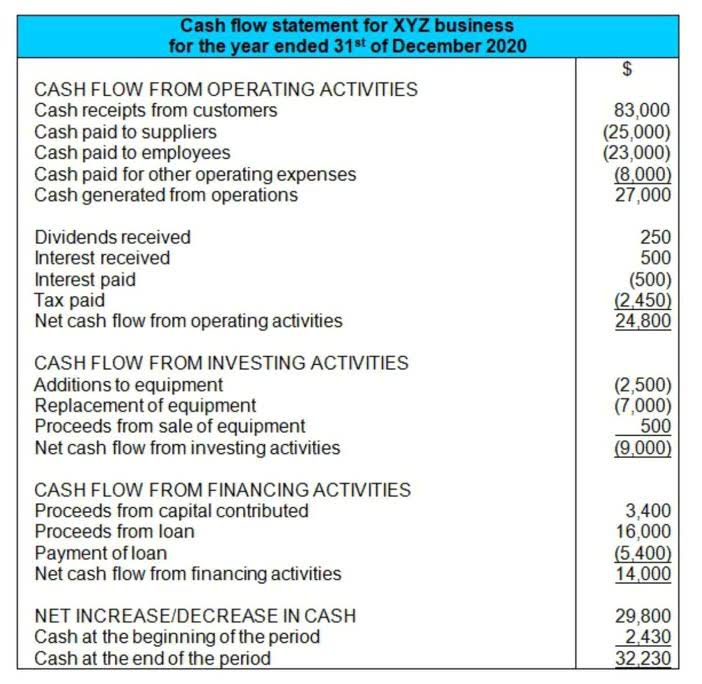
While methods of cost accounting for inventory will still include some estimates, the outcomes of the cost accounting methods are more accurate. This statement summarizes all your revenues, costs of goods sold (COGS), and operating expenses over a specific period, revealing your overall profit or loss. Retail accounting is a method of valuing inventory and measuring business performance tailored specifically to retailers. It focused on understanding the cost and value of goods you buy and sell, helping you figure out if your pricing is profitable, your inventory is balanced, and your expenses are under control. The retail inventory method calculates the ending inventory value by totaling the value of goods that are available for sale, which includes beginning inventory and any new purchases of inventory.

Methods to account for inventory costs
The primary reason retail accounting is different from accounting in other industries is that retail stores must keep track of their inventories. In contrast, a service business’s financial system usually has fewer moving parts. Unlike traditional retail systems that require complex integrations, Shopify unifies all your data in one platform. Whether a sale happens online, in-store, or through social media, all order, customer, and inventory data flows through a single system. According to research from a leading independent consulting firm, Shopify POS reduces total ownership costs on average by 22% compared to competitors. Retail accounting is a method accountants use to assign a dollar amount to closing inventory.
What Is Retail Business: Definition, Types, And Examples

Cost accounting is often more complex because it involves tracking factors such Retail Accounting as shipping, manufacturing, overhead, and development costs. Retail accounting is a specialized method of accounting that caters specifically to the needs of retail businesses. This approach focuses on accurately reporting income and expenses in the fast-paced retail environment, where inventory management and sales tracking are critical.

Retail accounting: In-depth example
Typically, this method is only possible for retail stores with fewer products, higher prices, and lower transaction volume. For example, a car dealership or jewelry shop could keep track of each item in its inventory, but a grocery store generally couldn’t. Also known as the retail inventory method, retail accounting is a process used to estimate the value of a store’s ending inventory for a specific period.
During reconciliation, if any discrepancies, errors, or unauthorized expenses are found, you should make the appropriate adjustments and mark them in your general ledger. For example, if a grocery store consistently marks up items by 50% of the wholesale price, this method is effective. However, if the markup percentage varies greatly, such as 10%, 25% or 40%, then it’s more difficult to use the retail method accurately. Some of the balls might have been purchased at $0.10 each, and some at $0.12 each. There’s really no way of knowing which balls were purchased at which price, and so the retailer will take a weighted average and spread the average cost over all the existing inventory.
- Whichever you sell first is unknowable, but the assumption keeps your books consistent.
- The retail method is different — it values inventory based on the retail price of the inventory, reduced by the markup percentage.
- Tools like Warehouse 15 by Cleverence can help you stay on top of your inventory.
- This software comes with a built-in barcode scanner and is compatible with Zebra and Honeywell brands, making it a game-changer for businesses looking to streamline their inventory processes.
- Retail accounting is a method used by businesses to track and manage inventory and sales by calculating the cost of goods sold.
- He owns Genuine Communications, which helps CMOs, founders, and marketing teams to build brands and attract customers.
Accounting for a retail business can be a significant challenge, especially for stores with complex inventories and high transaction retail accounting volume. Here are some best practices you should follow to make your accounting system more efficient and effective. The last-in-first-out (LIFO) cost flow assumption is the opposite of the FIFO method. It assumes that the last units you purchase or produce are the first ones you sell. The first-in-first-out (FIFO) method is a common cost-flow assumption among retailers with perishable goods.

Since you mark up all of your products by 30%, you know that it always equals 70% of your sales in a given period. As a result, when you multiply $5,000 in sales by 70%, you get $3,750 for your cost of goods sold. To find the weighted average cost of your inventory, you’d multiply 30% by $100, 40% by $115, and 30% by $110, then add them together. That equals $109, which you’d assume to be the cost of all your units.
On the other hand, the retail inventory method is only an estimate. It is accurate only when all pricing across the board is the same and all pricing changes occur at the same rate. The retail method is a quick and easy way of estimating ledger account ending inventory balance. A major advantage of this method is that it does not require a physical inventory. Then, you decided to buy 100 more water bottles which cost you $12 each, totaling up to $1,200. With the retail method, it’s difficult to distinguish between inventory shrinkage and the effect of the estimation technique.
